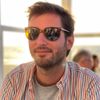Two years of live shows on film
During these last months, I tried my hand at concert and live shows photography. I enjoy the set of challenges it presents and the results I get with relatively little equipment.
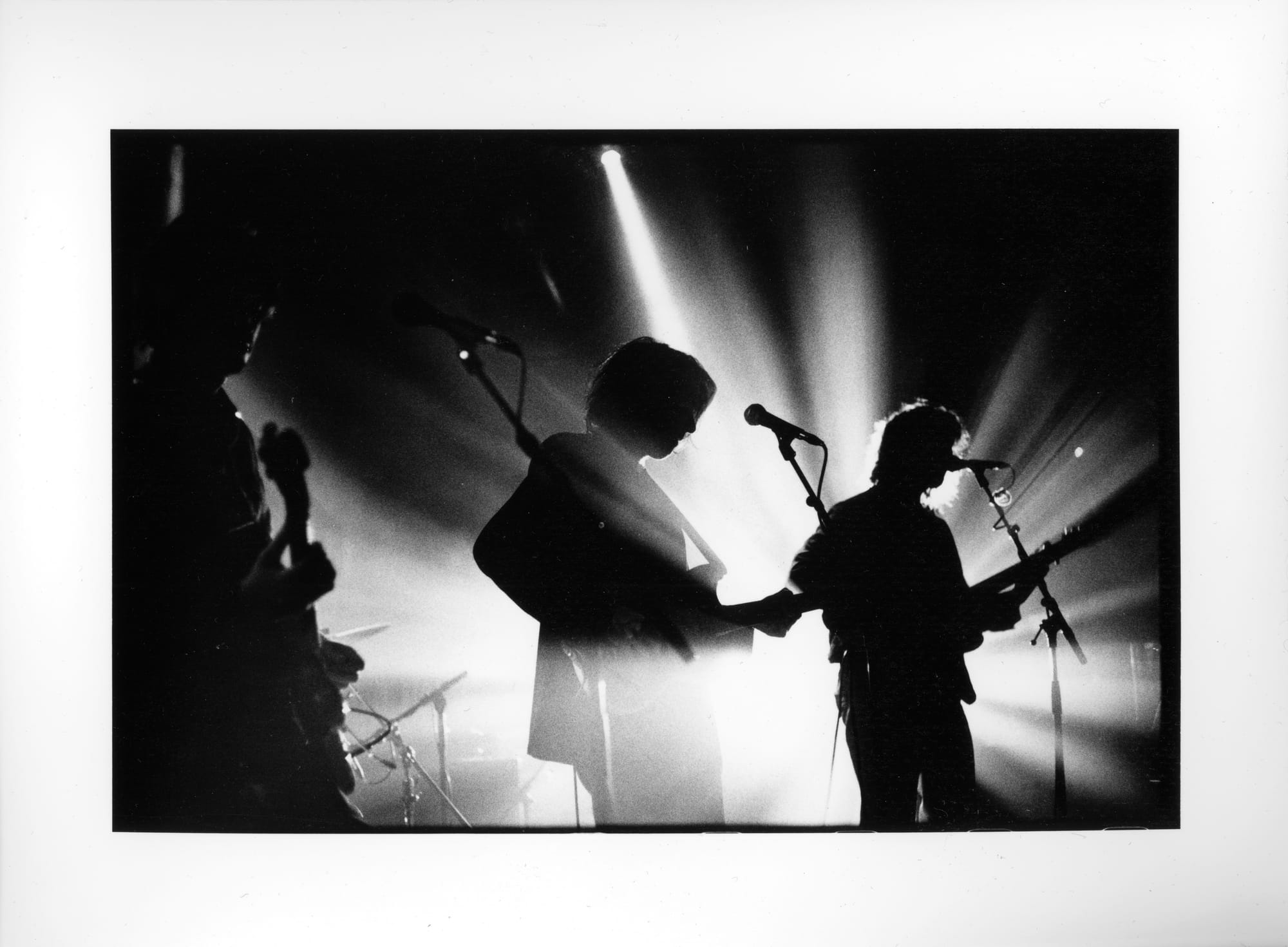
I remember what drove me to film photography in the middle of Covid: merely boredom and the need to get out of my house with a purpose. At least, I thought, if I take on a new hobby, I would keep myself entertained. I suppose we were a few at that time with the same feeling.
I guess I'm still feeling that bit of purpose when I walk out the door for day-long weekend walks in Paris these days, or when I go to live shows. During these last months, I tried my hand at concert and live shows photography. I enjoy the set of challenges it presents and the results I get with relatively little equipment.
I usually shot the following pictures using a rangefinder (my Leica M5 or the Minolta CL) with a 50mm f1.4 Canon LTM lens. Depending on the lighting conditions I sometimes also use the Leitz 90mm f4 tele lens, but I find that the combination of a higher required shutter speed (minimum 1/125 to avoid motion blur) and a modest max aperture of f4 limits my options considerably when it comes to film stock. For that reason, I tend to avoid it and stick with a normal 50mm. With some breathing techniques and a soft release button I know I can shoot as low as 1/30th with little to no impact on sharpness (at least when it comes to steady, inanimate objects: live musicians jumping around are a different story).
In the last months I tried shooting my Minolta XE-1 SLR with some fast lenses like the 50mm f1.4 or my darling 85mm f1.7, with good results.

As for film stocks, most of the images I made were shot on Ilford HP5+, my favorite, or Delta 3200. Some were rated at box speed, some pushed at 800, 1600, and one roll at 3200 ISO. I also managed to pull HP5 to 200 with good results, and I shot one roll of Foma 200 if I remember correctly. To my surprise, 200 ISO film (or 400 pulled to 200) can give some good results.
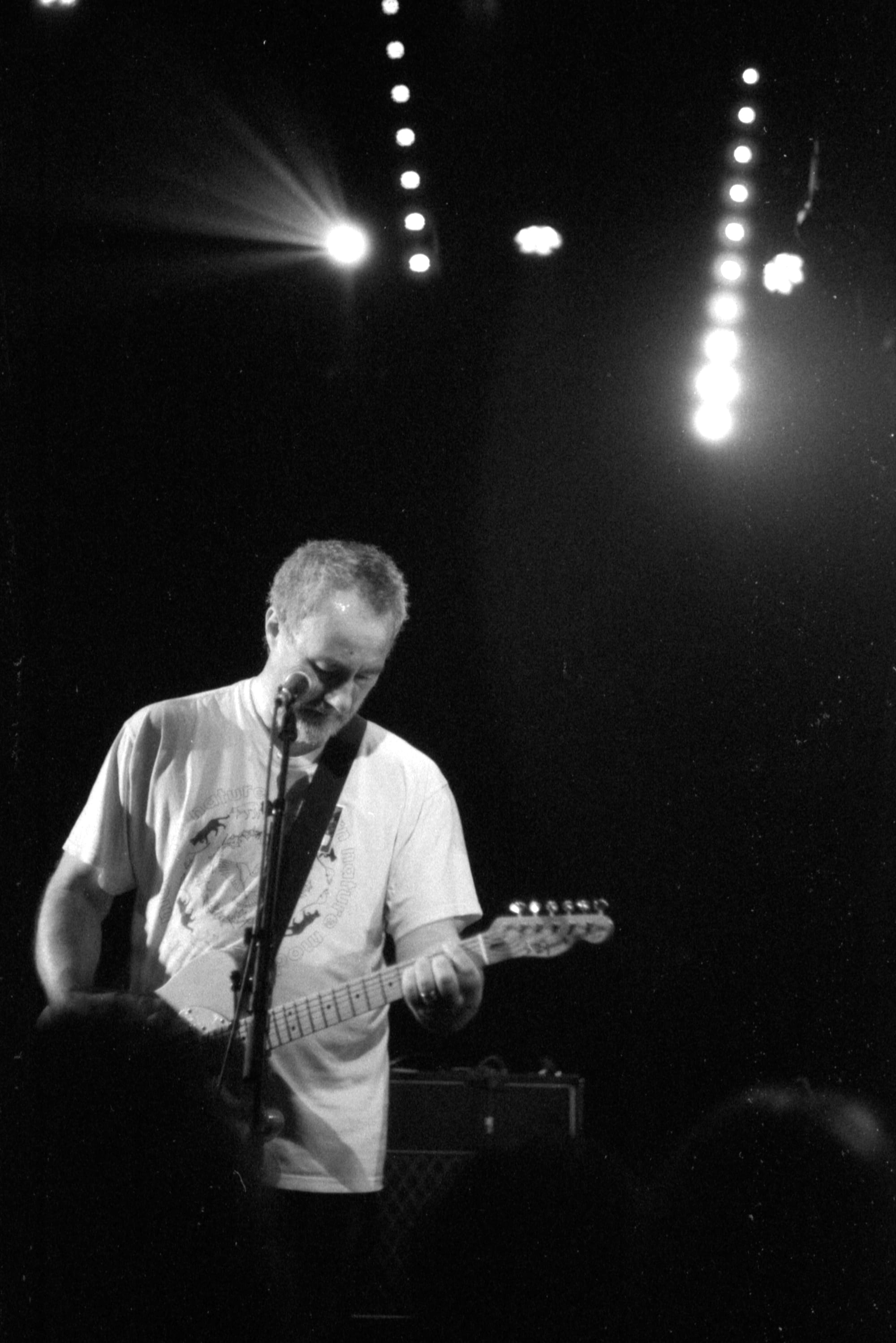
I find I got better results at 400 and 800, not so much at 1600. I would not recommend pushing to 3200 as the erratic lighting conditions with stage lights mean you will often meter inaccurately and end up with blown highlights. Shiny instruments like guitars and cymbals can turn white. Faces in a spotlight will also blow out if you’re not careful with both the metering and your developing process.
For development, I usually work with Rodinal but recently tried some Ilford LC29. It looks lovely in general and when pushing HP5 helps control grain.
Since I started printing pictures I also find that the printing process somehow gives me more room than what scanning allows. I'm not sure whether this is inherent to the process or if my measly Epson V600 scanner somehow lacks precision. I never invested time in scanned negatives, for instance learning how to use Photoshop (or in my case, GIMP) to dodge and burn. I can edit basic stuff in the Ubuntu default photo app. My main targets are black and white points, maybe a small adjustment to the curve but not much more.
In the darkroom, the physical side of the printing process came to from the start thanks to the members of Les 3 Bains, the community darkroom I joined last year. I met them during workshop that I attended in 2023 and I fell in love with their process and their philosophy of sharing their passion to the world. I love that after six months or so I fell confident enough in my basic skills that I could help organizing the workshops and helping eager attendants discover the magic of film processing and printing.
For printing live show images I started getting into a little routine. I print on Foma fiber paper (either the glossy Fomabrom 111 or the matte 112), or Ilford RC when I'm out. For live shows, given the lighting conditions, the pushed film and the general ambiance, I start my tests at grade 3 or higher. Most of these prints were printed at or around 3.5 for the base, with additional dodging / burning, more often than not at the same grade.
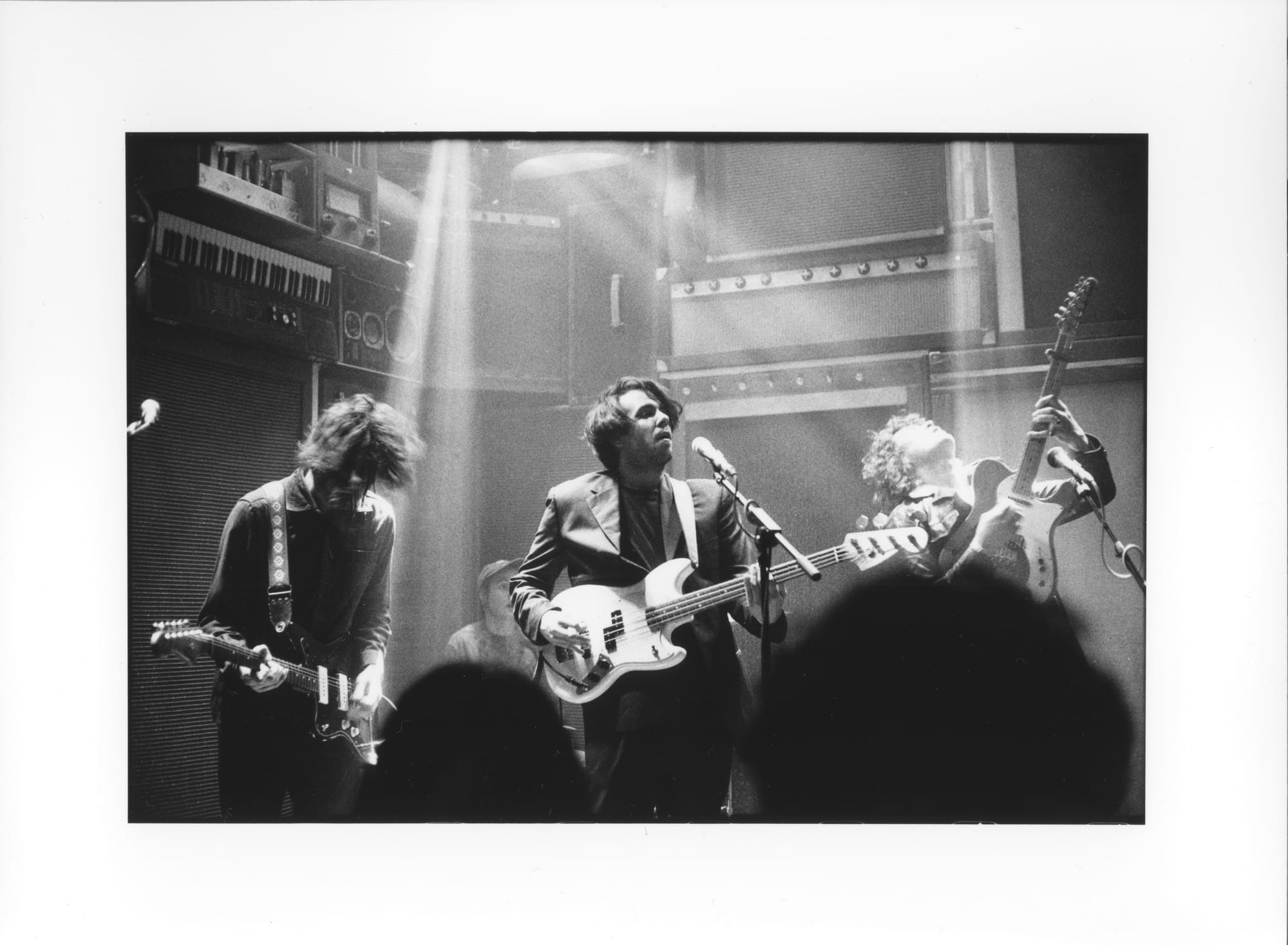
This image for instance took little time from test strips to workable print. If I trust my notes, this was printed at a grade 3, with a half-stop burn on the top third of the image to give some density to the stage lighting and rigging behind the band.
Looking back at the print there are some areas of improvements. For instance some blown highlights on the guitarist's face on the right and on the bass guitar at the center of the frame (I know there should be more details as I can see some on the negative). I think I could try to burn some of these areas with a light 0 filter and try bringing some more tones. I also wonder if this print could be a good candidate for preflashing the paper.
I also read something the other day about how metering in dark places with lots of contrasty scenes (like say a concert hall with good lighting) can be messy. Because light meters are calibrated for 18% gray, by the same logic that you should overexpose shots of mountain snow to place snow details in zone 7 or 8, you should underexpose your concert photographs by one or two stops to account for the general darkness of the environment. This makes a lot of sense to me now.
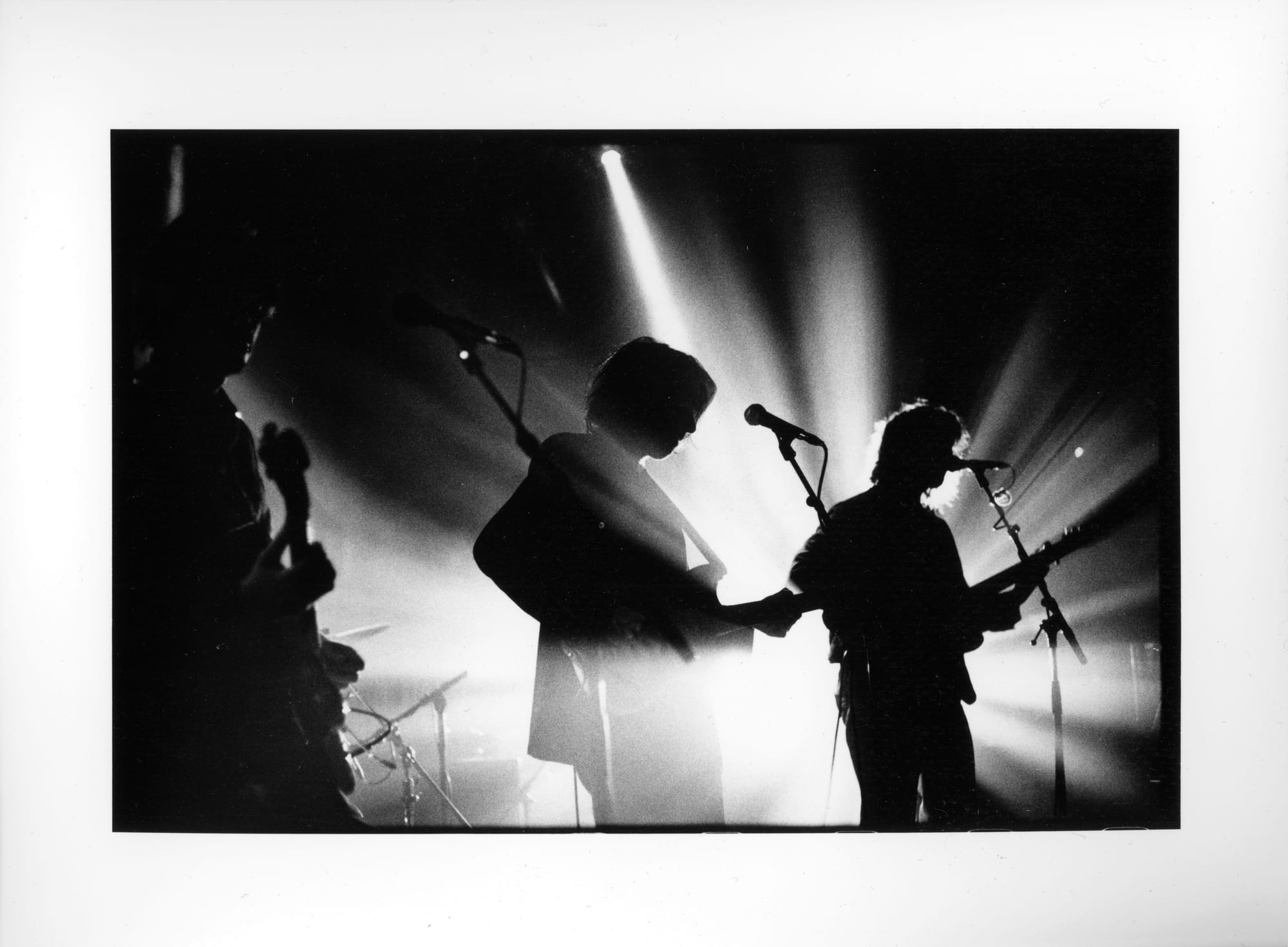
Another story here, with the same band though. I decided to search for an intersting framing and to use the lighting to my advantage. I think the print conveys the sense of drama I was looking for.
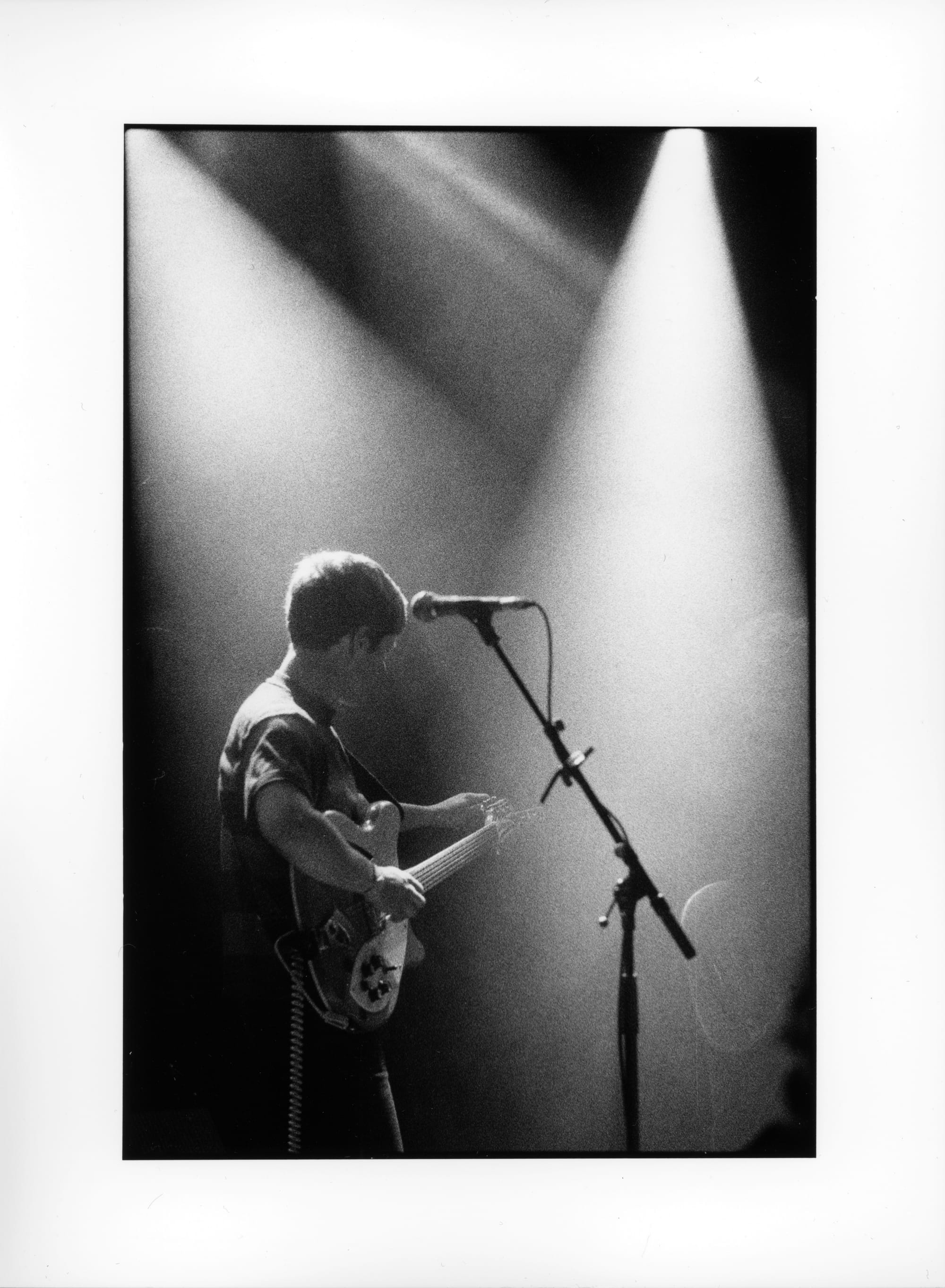
Another shot of the same night with Andy from Chime School, an SF band. Funny story: I randomly met Andy in San Francisco in May 2024 at Glass Key (I think?), where I was buying film and trying to solve some issues with my Minolta, using a screwdriver borrowed from the staff (I highly recommend this shop). By that point Chime School’s first record was featuring heavily in the road trip playlist. Talk about a chance meeting!
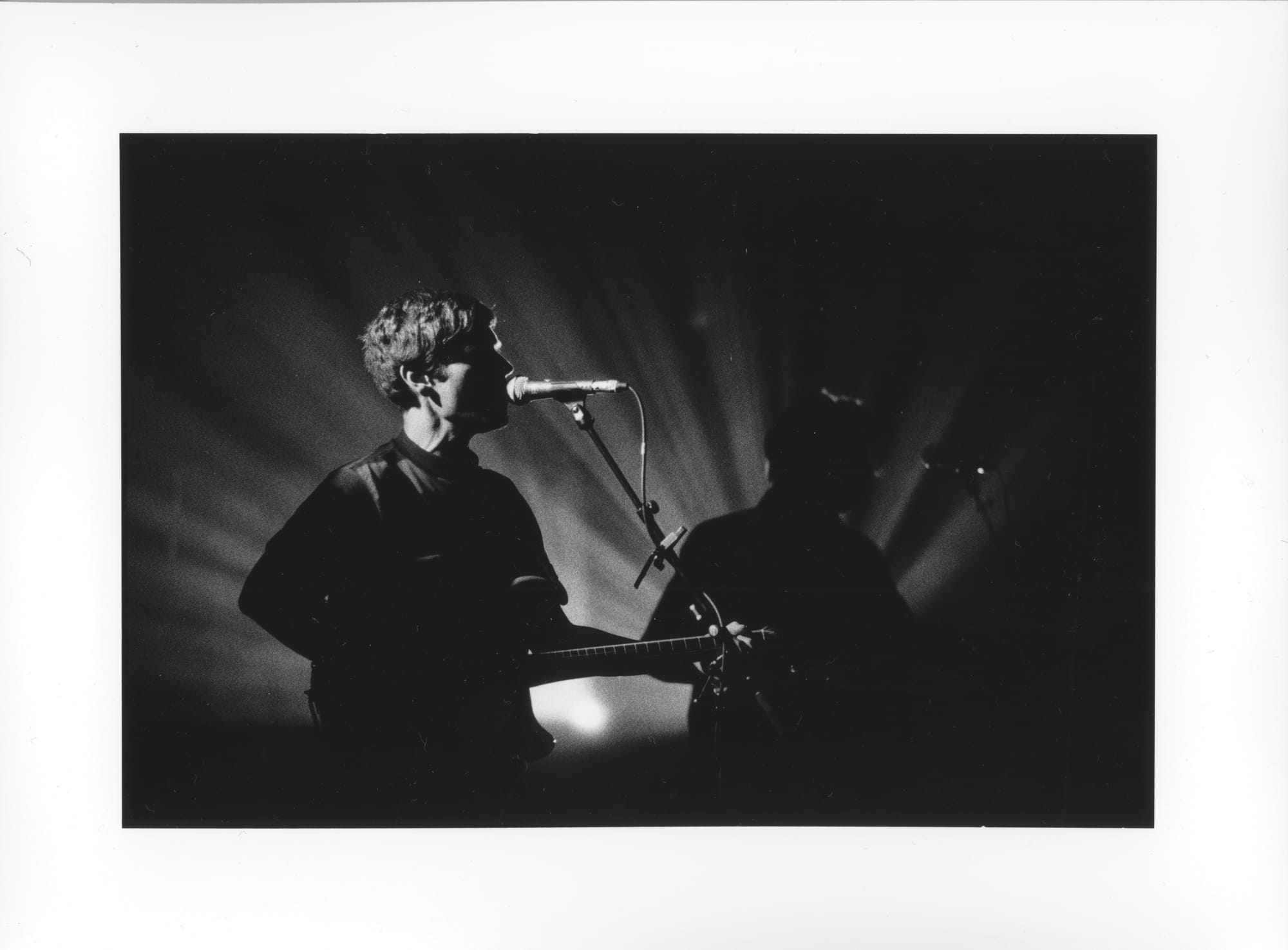
Again witht the lighting! I wish I could brighten the spotlights somehow and looking back at the negative there is some more details in the shadows that did not print well. I guess this is a gods candidate for additional work, maybe trying some split grading to lift the shadows and keep the highlights in check.
Looking back at these prints I feel inspired to go back to concerts and try different things, cameras, lenses, film stock and techniques. These shows are a great way to learn about tricky metering situations and they demand a different set of skills which I look forward to develop, both when it comes to working the scene and in the darkroom.
